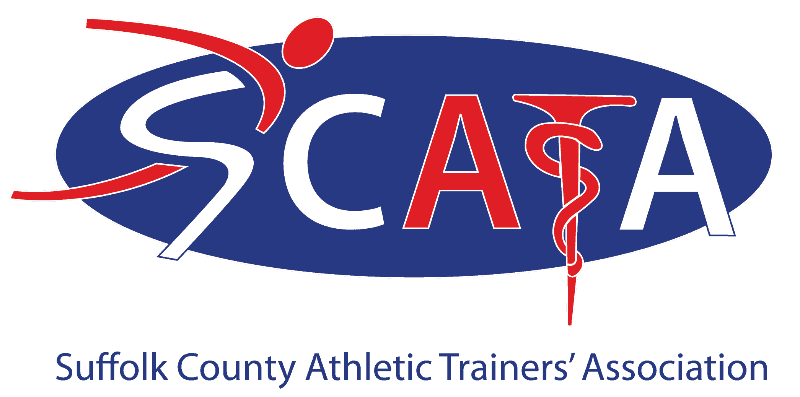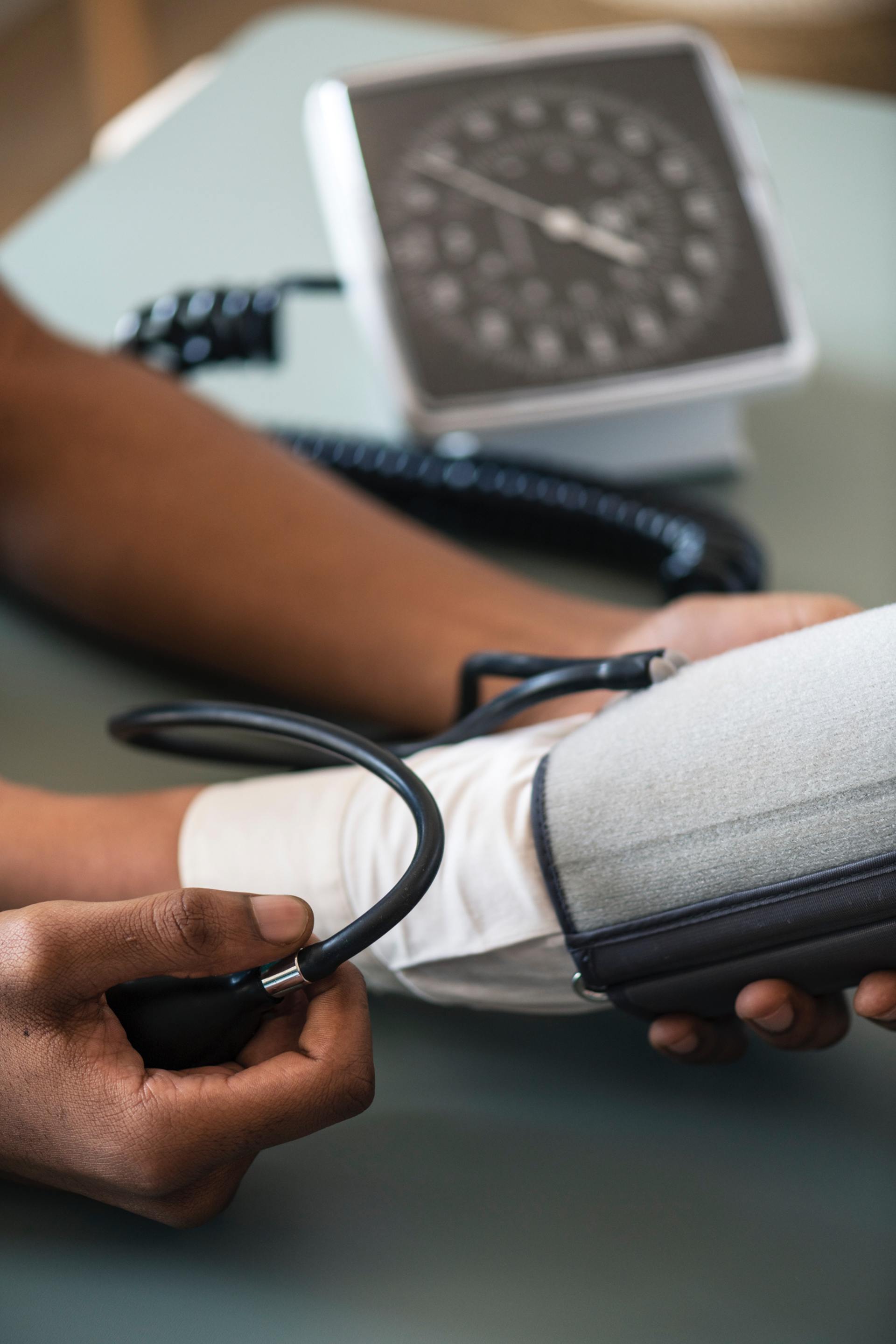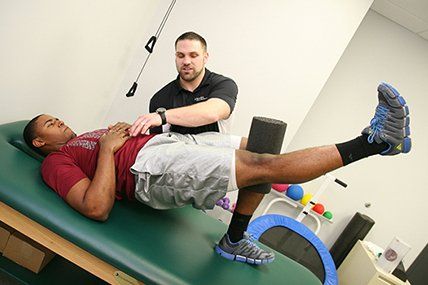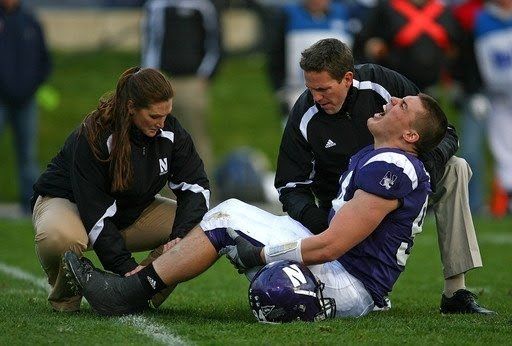Injury & Illness Prevention
Promoting healthy lifestyle behaviors with effective education and communication toenhance wellness and minimize the risk of injury and illness
Preventing Injury
Injury prevention is arguably one of the most encompassing domains of the athletic training profession. Injury prevention
not only reduces morbidity and cost, it increases quality of life. It requires general subject knowledge (anatomy, exercise
physiology, biomechanics and health) and specific workplace knowledge (sport requirements, equipment fitting, OSHA
regulations and environmental conditions). This domain is often synonymous with injury risk reduction or risk management. In
this process risks are identified, interventions or plans are implemented, results are reviewed and the plan is further revised.
ATs identify and understand intrinsic (patient history, demographics, education) and extrinsic factors (environmental, social,
sport specific) that are relevant to the client, patient or population. While some risk factors are static or unchangeable, such
as age or ethnic background, other factors may be within the patient’s or client’s ability to change, such as diet and exercise.
Health & Wellness
Evidence-based medicine, metrics and research are important to all domains, including injury prevention. Epidemiological
studies help identify the prevalence of an injury or disease within a population or group. ATs are proficient in using national
and local information to better serve their population and identify trends.
This domain also includes concepts of health and wellness promotion. While the definition of wellness is varied, an accepted
definition is, “Wellness is a multidimensional state of being describing the existence of positive health in an individual as
exemplified by quality of life and a sense of well-being.” ATs promote a healthy lifestyle and environment to all clientele and
patients. The AT understands the role of nutrition in performance and in the injuries and illnesses associated with deficient
nutrition. A holistic approach includes promotion of physical, social, intellectual, emotional, mental and spiritual wellness.
ATs influence more than just individuals, patients or a team. Many fill the role of a community advocate involved with
promoting public health initiatives. As an example, ATs have been instrumental in educating the public about the
consequences of traumatic brain injury (physical, mental, academic, social) beyond the initial injury.









